Type 1 Diabetes
by Janu Pedia

1. Disorder in which the pancreas fails to produce enough insulin (regulates blood glucose concentration).
1.1. Insulin causes the liver to convert glucose into glycogen.
1.2. Glucose is needed by cells for the release of energy.
1.3. Low glucose concentration = Less energy
1.4. High concentration = Less water potential in the blood, water leaves cells down the concentration gradient.
2. Effects
2.1. Some immune systems may attack and destroy pancreatic cells that secrete insulin.
2.2. Glucose concentrations may rise higher than usual after a meal. There is no insulin to stimulate the conversion of glucose in the blood into the glycogen.
2.3. Blood glucose concentration may fall lower than usual between meals. Body cells use glucose during respiration. There is less glycogen in the liver to be converted into glucose and increase the concentration.
3. High blood glucose concentration
3.1. Pancreas secretes insulin into the blood.
3.2. Insulin is carried in the blood to the liver.
3.3. Insulin causes liver to absorb glucose from the blood.
3.4. Liver converts glucose into polysaccharide glycogen and stores it.
4. Low blood glucose concentration
4.1. Pancreas secretes the hormone glucagon into the blood.
4.2. Glucagon is carried in the blood to the liver.
4.3. Glucagon causes the liver to break down glycogen into glucose.
4.4. Liver releases glucose into the blood .
5. Symptoms
5.1. Very thirsty - High glucose concentration decreases the water potential.
5.2. Glucose in urine - High glucose concentration means the kidneys are unable to absorb all the glucose back into the blood.
5.3. Blurred vision - Changes of concentration (water potential) of the blood causes osmosis to occur and this changes the shape of the lens in the eye.
5.4. Very tired between meals - Low glucose concentration means there is not enough glucose to provide energy for cells during respiration.
5.5. An extremely low/high blood glucose concentration will cause a diabetic coma and is life-threatening.
6. Treatment
6.1. Combination of diet and insulin injections.
6.2. Regularly eating small meals to even out ingestion of carbohydrates during the day. Quantity of intake depends on the level of activity.
6.3. Inject insulin after a meal to limit "spikes" in glucose concentration.


